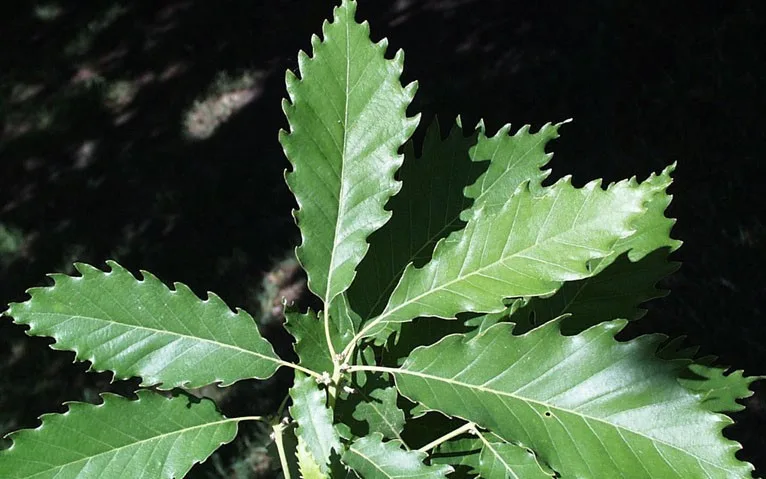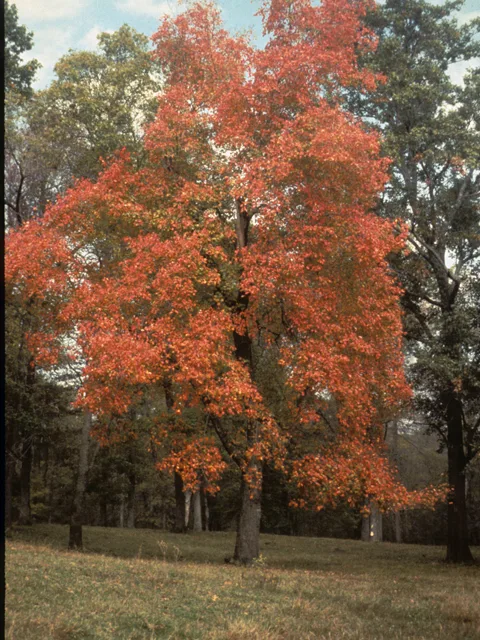Texas Arbor Day is November 3, our state’s day to celebrate trees and spread the word about their benefits to our environment and property owners. Our region’s trees are known for their resilience, having adapted over the centuries to the area’s wide swings in temperature and rain. We will highlight four native species that offer fall colors and are readily available at local nurseries.
November is Ideal for Tree Planting
Whether you are new to North Texas or lucky to have been here your whole life, this list will help you decide on your next native tree(s). November is the perfect time to plant trees in North Texas, and there is no better way to celebrate Texas Arbor Day than by planting a native tree. They are adapted to our climate and soil, so native trees are more likely to thrive and provide benefits for years. These trees are hardy, adaptable, and fit for suburban or urban landscapes.
Trees native to North Texas offer many advantages, including:
- Adaptation over thousands of years to our climate and soil increases the likelihood they will thrive in your landscape.
- Offer native wildlife, such as birds, insects, and mammals, with food, shelter, and habitat.
- Improve our air and water quality.
- Provide shade and cooling benefits, which can reduce your energy costs.
- Add beauty and value to your home and community.
- Help prevent soil erosion through their expansive root systems.
Four Native Trees for Your Landscape
If you are looking for a beautiful and hardy tree that is typically available at our local nurseries, consider the following four natives for your landscape.

1. Chinquapin Oak (Quercus muehlenbergii)
An underappreciated native that prefers limestone soils but is adaptable to most soil types and drought tolerant. It is also distinctive because of its unique-looking leaves. Often reaching well over 50 feet, it provides some fall colors along with being a haven for a variety of wildlife, especially due to the abundance of acorns.
In addition, Quercus muehlenbergii is a larval host for the Gray Hairstreak butterfly, and their flowers attract hummingbirds in the spring.
2. Cedar Elm (Ulmus crassifolia)
One of the most widespread native trees in Texas, the Cedar Elm has graceful arching limbs and lush green foliage. It is a fast-growing tree that can reach over 50 feet in height with a dense canopy. Its leaves transform into a beautiful golden-yellow hue during the autumn months.
Ulmus crassifolia thrives in various soil types and can tolerate drought, making it a sturdy choice for DFW area landscapes. Additionally, it attracts a variety of wildlife, including numerous bird species that feast on its seeds.
3. Texas Redbud (Cercis canadensis var. texensis)
Often only 10 – 20 feet tall, this native small tree / large shrub is a colorful addition to your landscape. It provides color in spring with its showy pink flowers, in summer with its glossy leaves, and then in autumn as the leaves turn a golden or red color. Its bright blossoms in spring appear before their heart-shaped leaves appear.
Cercis canadensis var. texensis is drought-tolerant, making it an ideal choice for North Texas yards. In addition, its flowers attract pollinators. It prefers a well-drained location in full to partial sun. It can adapt to a variety of soil conditions, but it prefers slightly alkaline conditions.
4. Shumard Red Oak (Quercus shumardii)

Known for its bright red leaves in the fall, it is a relatively fast-growing tree with a typical height of 50-60 feet. It needs well-drained soil and is adaptable to many soil types, though it prefers well-draining. Once established, the tree is significantly drought tolerant. In addition, they are resistant to most pests and diseases.
Well-regarded for its straight-growth habit, Quercus shumardii provides an abundance of shade under its symmetrical crown.
Don’t Wait – Plant a Native Tree Today
The four trees we discussed can help shade your house in summer, provide year-round beauty, and play a critical role in supporting our local ecosystem. When planted to their strengths, each of these trees is hardy and bound to be a long-term asset to your landscape. This Arbor Day, be sure to consider planting a tree, a welcome addition to any property.
